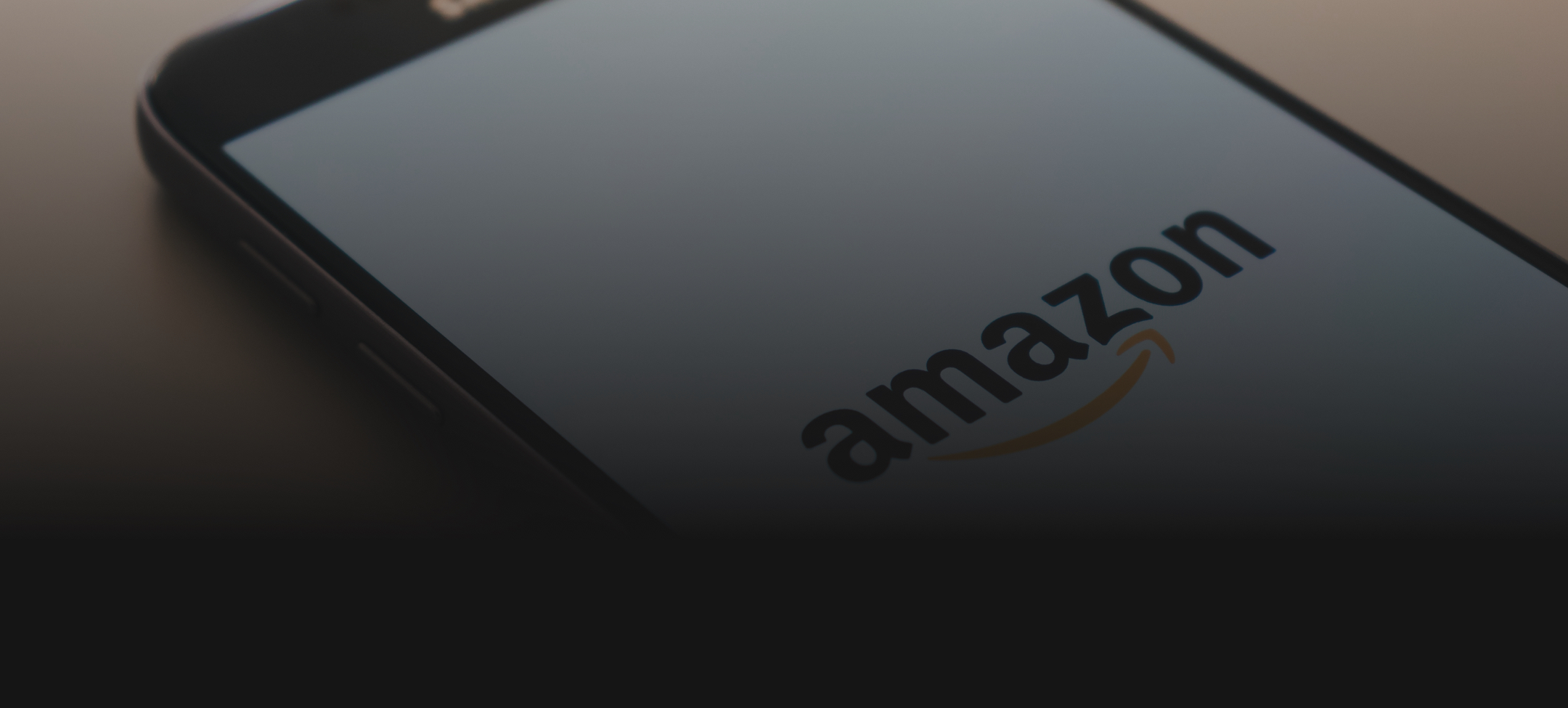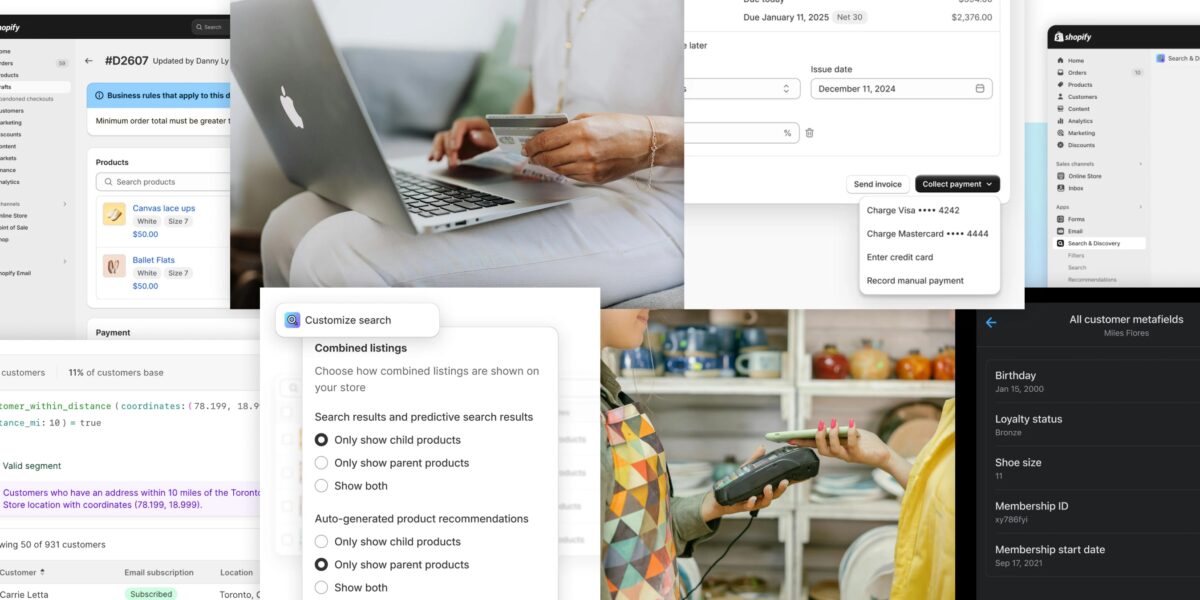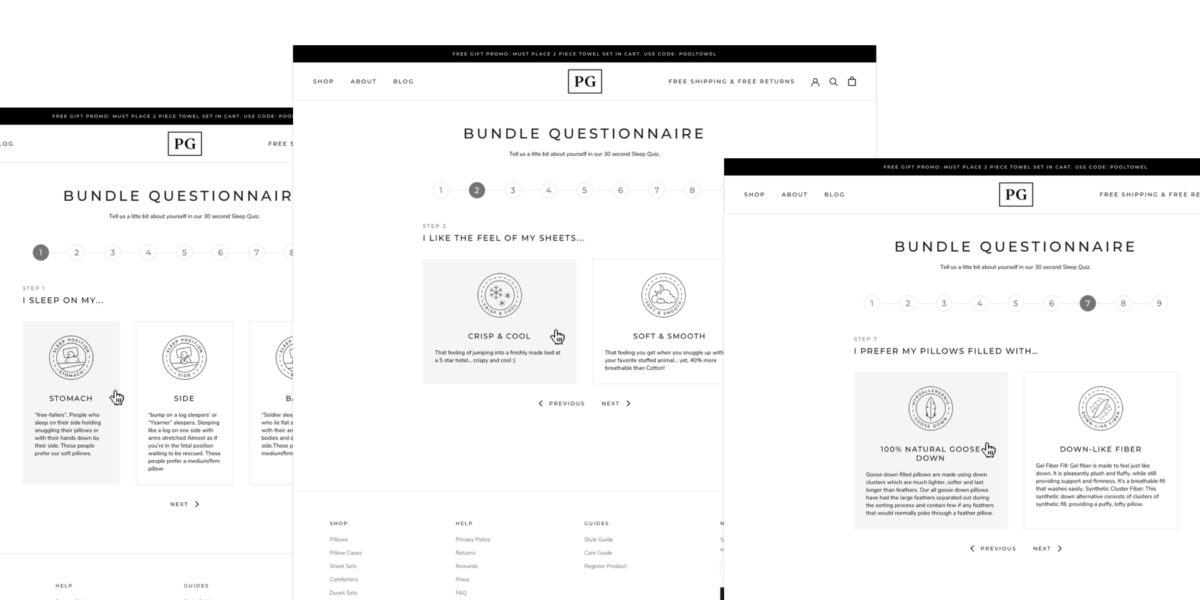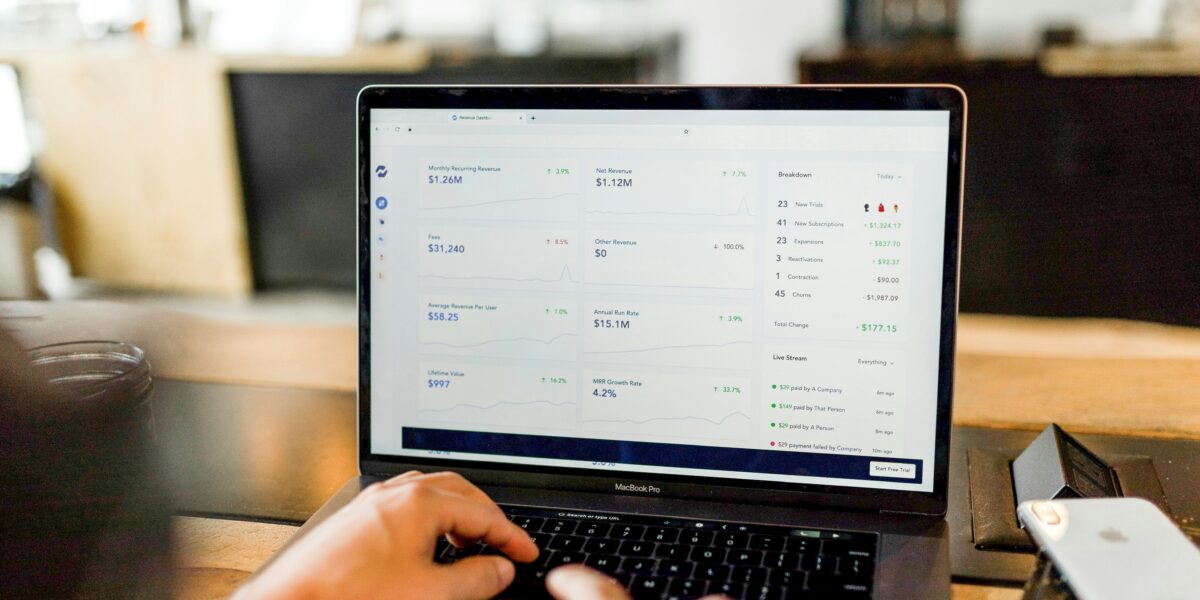The rise of the internet and new technologies has revolutionized the consumer journey. Whereas consumers once had to travel to the grocery store to get a loaf of bread, they can now press a button and have it delivered to them within hours without ever leaving their couch.

The “Amazon Effect” refers to the impact that Amazon has had on the traditional business model regarding consumer expectations and the new competitive landscape.
Consider these shares of the U.S. e-commerce market in 2018:
- eBay – 6.6%
- Apple – 3.9%
- Walmart – 3.7%
Now, add those percentages up and triple the total, and you still won’t get Amazon’s share: roughly 50%. If you’re amongst the 64% of American households that use Amazon Prime, you’re probably not surprised by this lofty statistic.
Despite these numbers, Amazon is not taking over the world. In fact, although Amazon’s success has caused more than a few business closures, many companies have resisted the Amazon Effect.
More and more businesses are cutting out Amazon and selling directly to consumers. Here’s a list of trends that e-commerce experts expect to play out in 2019:

The Race for the Fastest Delivery Will Intensify
Consumers have come to expect Amazon’s speed and efficiency from all sellers. More companies will use courier software to match — or perhaps even exceed — Amazon’s delivery performance.
Mobile Apps Will Finally Take Over E-Commerce
Mobile, web, and desktop have been key players in the e-commerce realm for quite some time. In 2019, the majority of e-commerce transactions are expected to happen within mobile apps.

AI Tools Will Proliferate
As technology progresses, innovative AI tools will become more accessible and affordable. Rather than having to rely on Amazon’s AI solutions, provided through Amazon Web Services (AWS), even the smallest of businesses will be able to leverage the power of AI.
Online Grocery Shopping Will Continue to Expand
Despite Amazon’s Fresh service and their purchase of Whole Foods, Amazon hasn’t established total dominion over the online grocery shopping market.
A study found that households that used grocery delivery and pickup services from physical retailers spent about $200 per month and placed orders more frequently than Amazon grocery shoppers, who spent $74 a month.
The online grocery shopping industry will only continue to grow — now is a great time for e-commerce providers to enter the market.
… and You Will Guide Your Own E-Commerce Journey
By selling directly from their website rather than Amazon, e-commerce businesses can build a brand culture and tailor how they market products.
Check out our 5 Star ratings on Clutch and feel free to reach out if you want to chat.
If you’re interested in developing an e-commerce site, you can find other top-quality service providers on the data-driven B2B field guide Clutch. You can also check out top graphic design services on The Manifest and search through our portfolio items on Visual Objects, both of which are Clutch’s partner sites.
















